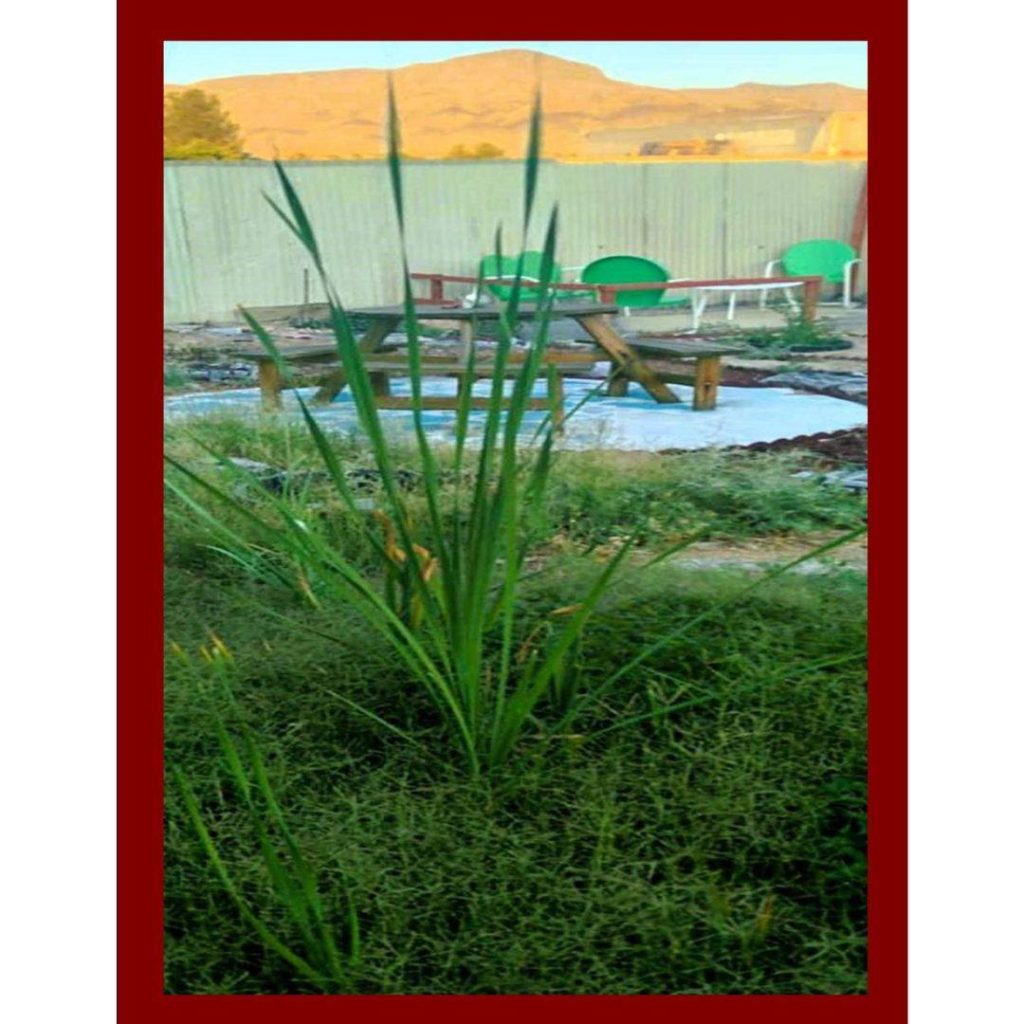Welcome / About / Stella / Q&A / Shop / Inspiration/ Follow
General Homesteading basics

General homesteading empowers beginners to live sustainably and self-sufficiently. This Q & A guide answers key questions to start your general homesteading journey, regardless of the size of your space.
What is Backyard Homesteading?
General homesteading, often called backyard homesteading, transforms your outdoor space into a self-sufficient area where you grow food, raise animals, and live sustainably while nurturing spiritual and personal growth.
What are the first steps to start a homestead?
- Define Your Goals: Decide what you want to achieve (e.g., growing food, raising animals, reducing environmental impact). Start small to avoid getting overwhelmed.
- Assess Your Land: Evaluate your space (urban, suburban, or rural) for sunlight, soil quality, water access, and zoning regulations. Even small yards can support gardens or chickens.
- Plan Your Layout: Map out areas for gardening, animal shelters, composting, and water collection. Prioritize accessibility and efficiency.
- Learn Basic Skills: Start with easy crops (e.g., lettuce, radishes) and low-maintenance animals (e.g., chickens, quail). Take local workshops or watch homesteading videos on platforms like YouTube.
- Budget and Prioritize: Homesteading can be affordable, but initial start-up costs of tools, seeds, and infrastructure do add up. Start with essentials like basic gardening tools and a compost bin.
- Connect with Community: Join local homesteading groups or online forums like Homesteading4Sovereignty TM on X, where participants share “knowledge of homesteading and permaculture with the goal of becoming more self-sufficient,” or join a Homesteading group on Facebook for community, advice, and/or bartering opportunities.
What’s the biggest challenge for beginners?
Many beginners find that time management and learning curves are the biggest challenges they face. Homesteading requires consistent effort (e.g., daily animal care, seasonal planting). Start with one or two projects to build confidence and skills.
How much land do I need to homestead?
It depends on your goals. A small urban lot (1/10 acre, or even less) can support a garden and a few chickens. For larger livestock or full food self-sufficiency, 1–5 acres is ideal, but even a balcony can host container gardening or vertical farming.
Can I start homesteading with limited space?
Absolutely! General homesteading in small spaces is achievable with vertical gardening or container planting. On a small plot, you can raise animals like chickens, ducks, rabbits, bees, or even goats in some areas. With proper ventilation, you can even raise quail in an apartment! Backyard homesteading is about maximizing your available space.
How can I make homesteading eco-friendly?
General homesteading thrives on eco-friendly practices like composting, natural pest control, and permaculture design to create a sustainable backyard ecosystem.
Can I homestead if I have mobility issues?
Homesteading can be adapted for different abilities. Raised garden beds, accessible tools, and support from service animals and/or caregivers can make homesteading both possible and enjoyable.
Is homesteading cost-effective?
Yes, while there might be initial costs, over time, homesteading can save money through self-grown food, reduced waste, lower grocery bills, and better health.
How can I learn more about homesteading without much prior knowledge?
Start with my books, “Flock of Quackers“ ~ “Backyard Homestead Adventures“ and “Backyard Homestead Adventures: Companion Workbook” for inspiration and practical tips.
Can homesteading be a community activity?
Definitely! Homesteading can foster community through shared resources, knowledge exchange, and collective activities like seed swaps or group harvests.
How do you manage homesteading with a busy life?
If you’re juggling a busy life while starting a small backyard homestead, follow these three simple steps:
- Prioritize tasks ~ Focus on what matters most,
- Use efficient tools that save time, and
- Integrate small tasks into your daily routine.
These steps make homesteading manageable from the start. Remember, it’s about steady progress, not perfection ~ each small step builds toward your larger vision.
How do I integrate spirituality into my homesteading activities?
Every task can be an act of mindfulness or prayer. For instance, in “Flock of Quackers,“ I share how daily chores can become spiritual practices, connecting you deeper with nature and the Creator.
check out my other Q & a pages!
The FOLLOWING sections are under construction
Animal Care: Tips for raising poultry, gamebirds, rabbits, and more.Sustainability & Resource Management: Composting, rainwater harvesting, etc.
More Q & A coming soon!
Homesteading Skills & DIYFood Preservation & StorageSeasonal Homesteading & PlanningHomesteading with Kids & FamilyUrban & Suburban HomesteadingHealth & Wellness in HomesteadingHomesteading Economics & Bartering


